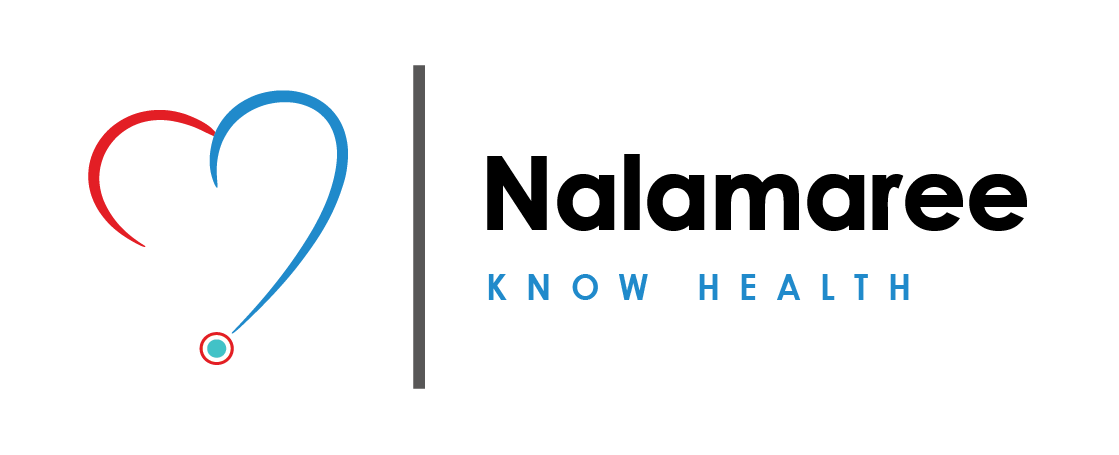Overview
Myositis is a chronic, progressive inflammation of the muscles. Some types are associated with skin rashes. Medications and exercises can help, but finding the right treatment may take trial and error.
Types of Myositis
The types of myositis are:
Polymyositis: This type of myositis primarily affects the skeletal muscles, causing weakness and inflammation.Dermatomyositis: In addition to muscle weakness and inflammation, dermatomyositis also involves skin rash, typically on the face, knuckles, elbows, knees, or chest.Inclusion Body Myositis : characterized by muscle weakness and atrophy, particularly in the hands, fingers, forearms, and quadriceps muscles. It tends to progress slowly over time.Juvenile myositis: This type of myositis affects children and adolescents. It includes both polymyositis and dermatomyositis.
Causes
This rare disease can be difficult to diagnose, and the cause is sometimes unknown.In the United States, there are an estimated 1,600 to 3,200 new cases per year and 50,000 to 75,000 people living with myositis.Myositis can affect both children and adults. With the exception of one type of myositis, women are more likely to be affected by this disease than men.
Reasons for Cause :
Autoimmune Response: Myositis is often considered an autoimmune disorder where the immune system mistakenly attacks its own muscles, leading to inflammation and weakness.Genetic Factors: Some individuals may have a genetic predisposition to myositis, making them more susceptible to the condition.Environmental Triggers: Exposure to certain environmental factors, such as infections or toxins, may trigger or exacerbate myositis in susceptible individuals.Age and Gender: Certain types of myositis, like inclusion body myositis, are more common in older adults. Juvenile dermatomyositis, on the other hand, affects children and adolescents.
Symptoms
Symptoms can appear rapidly or gradually over time. Primary symptoms may include muscle pain and soreness, fatigue, trouble swallowing, and difficulty breathing.
Symptoms of Myositis may include:
Muscle weaknessFatiguePain or tenderness in musclesDifficulty swallowingJoint painShortness of breath (in severe cases)
Treatment: Modern Medicine
Corticosteroids: Prednisone is the most commonly prescribed corticosteroid for myositis. These drugs help reduce inflammation and suppress the immune system's abnormal response. However, long-term use can lead to side effects such as weight gain, osteoporosis, and increased risk of infections.Immunosuppressants: Medications such as methotrexate, Azathioprine, Mycophenolate mofetil, and Cyclosporine may be used in combination with corticosteroids or as alternatives for long-term management of myositis. These drugs work by suppressing the immune system's activity and reducing inflammation.Biologic therapies: Drugs like Rituximab and Tocilizumab target specific components of the immune system and may be used in refractory cases of myositis or when other treatments are ineffective.Intravenous Immunoglobulin (IVIG): IVIG is a therapy that involves infusions of antibodies derived from healthy donors. It can help modulate the immune system and reduce inflammation in some cases of myositis.
Treatment: Traditional Medicine
Rest and Activity Modification:Rest is crucial to allow inflamed muscles to heal. Avoid overexertion and modify activities that aggravate symptoms to prevent further muscle damage.Heat Therapy:Applying heat to affected muscles can help alleviate pain and improve blood circulation. Use heating pads, warm towels, or take warm baths to relax muscles.Cold Therapy:Cold therapy, such as applying ice packs or cold compresses, may help reduce inflammation and numb pain in inflamed muscles. Be sure to wrap ice packs in a cloth to prevent skin damage.Massage Therapy:Gentle massage techniques performed by a trained therapist may help reduce muscle tension, improve circulation, and alleviate pain associated with Myositis.Herbal Supplements:Some herbal supplements, such as Turmeric, Ginger, and Boswellia, have anti-inflammatory properties and may help reduce muscle inflammation and pain
Caution
Avoid Smoking and Excessive Alcohol: Smoking and excessive alcohol consumption can exacerbate inflammation and have negative effects on overall health. If you smoke, consider quitting, and limit alcohol intake to moderate levels.Avoidance of triggers: Some cases of myositis may be triggered by certain medications, infections, or environmental factors. Understanding and avoiding potential triggers, when possible, may help reduce the risk of developing the condition or exacerbating symptoms.Proper ergonomics: Practice proper ergonomics at work and home to reduce the risk of muscle strain and injury. This includes maintaining good posture, using ergonomic furniture and equipment, and taking regular breaks to stretch and rest muscles during activities that require repetitive movements.
Prevention
Exercise Regularly: Engage in regular physical activity to maintain muscle strength and flexibility. Consult a healthcare professional or physical therapist to design an exercise program tailored to your needs.Warm Up and Cool Down: Always warm up before exercising and cool down afterward to prepare your muscles for activity and prevent injury.Proper Technique: Use proper body mechanics and technique when exercising or lifting heavy objects to avoid strain on your muscles.Sun Protection: Certain medications used to manage myositis, such as corticosteroids, can make your skin more sensitive to sunlight. Use sunscreen, wear protective clothing, and limit sun exposure to reduce the risk of sunburn and skin damage.Healthy Diet: Maintain a balanced and nutritious diet to support overall health and well-being. Focus on consuming a variety of fruits, vegetables, whole grains, lean proteins, and healthy fats.
 Nalamaree Team
Nalamaree Team

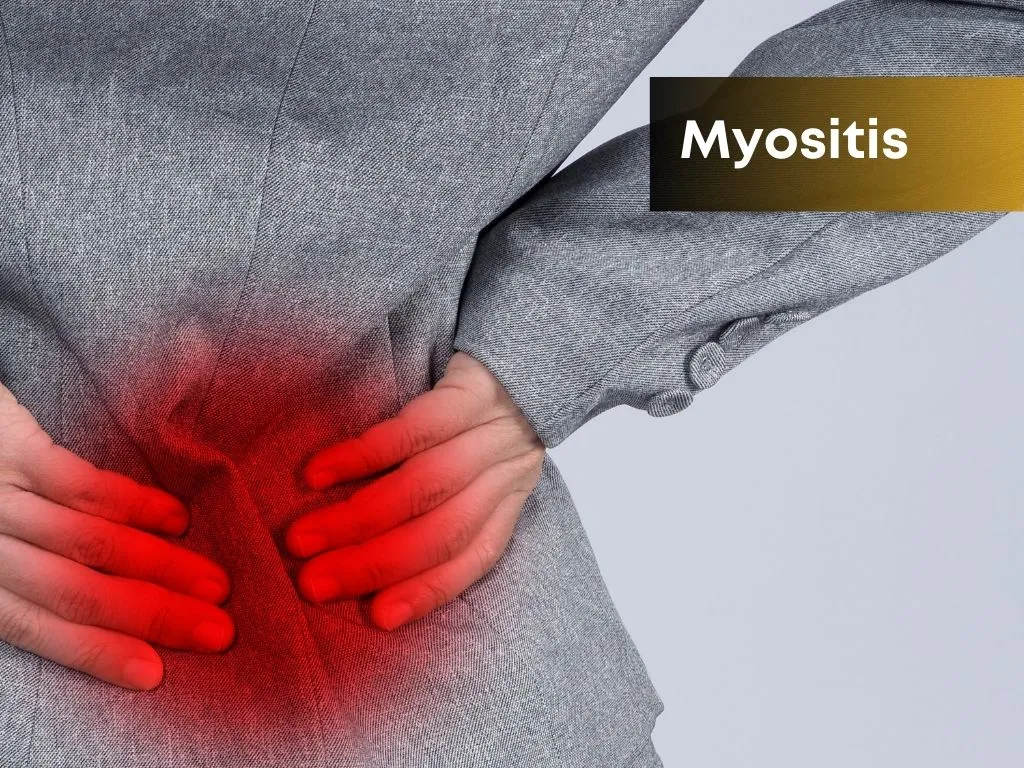
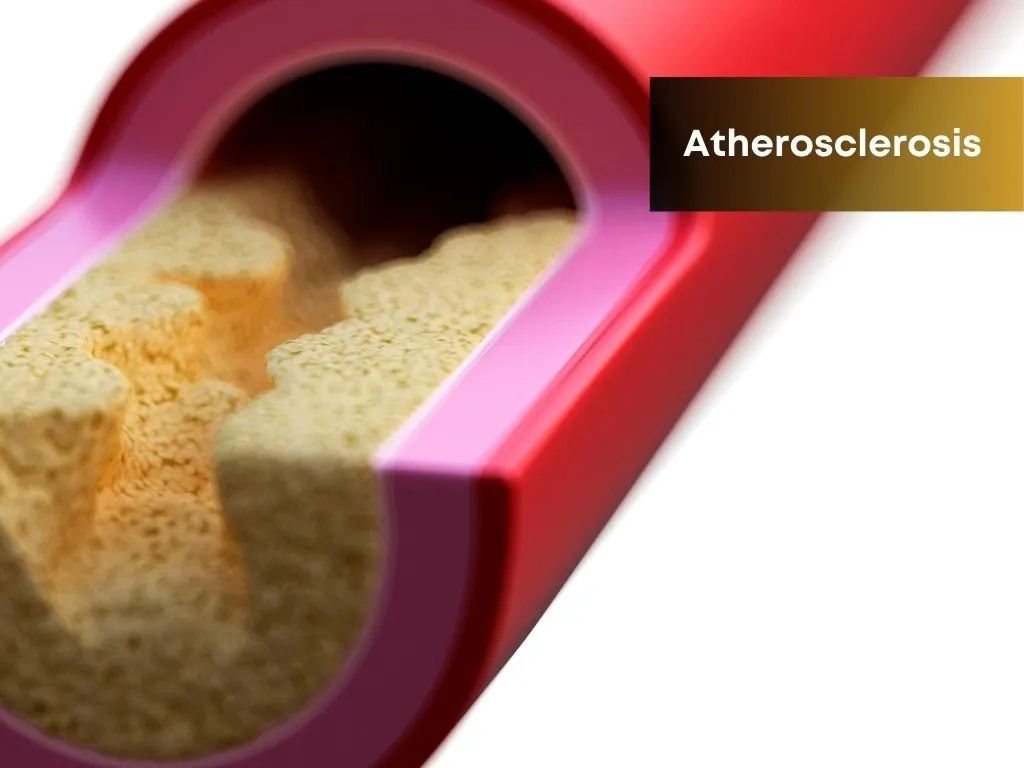
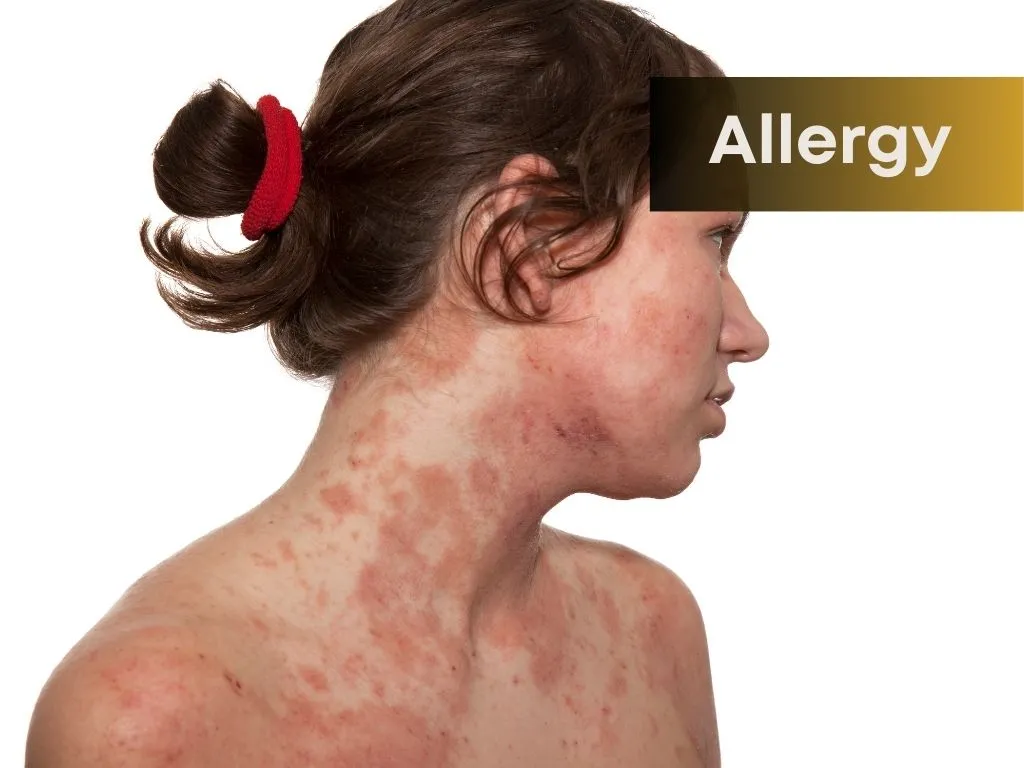
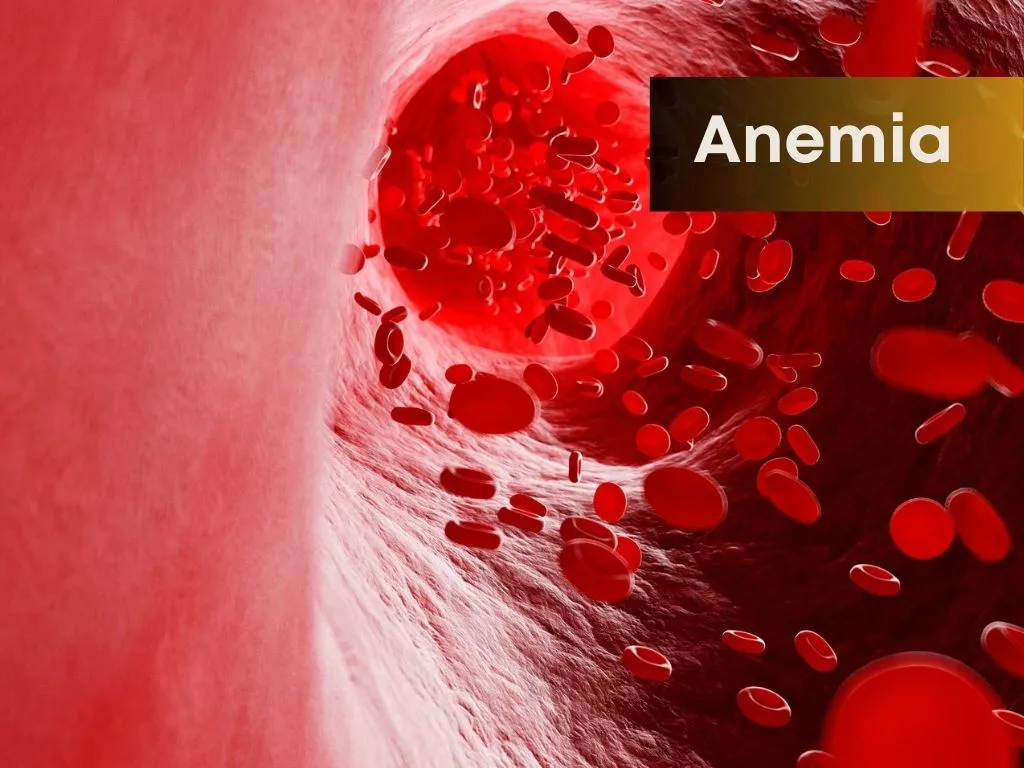
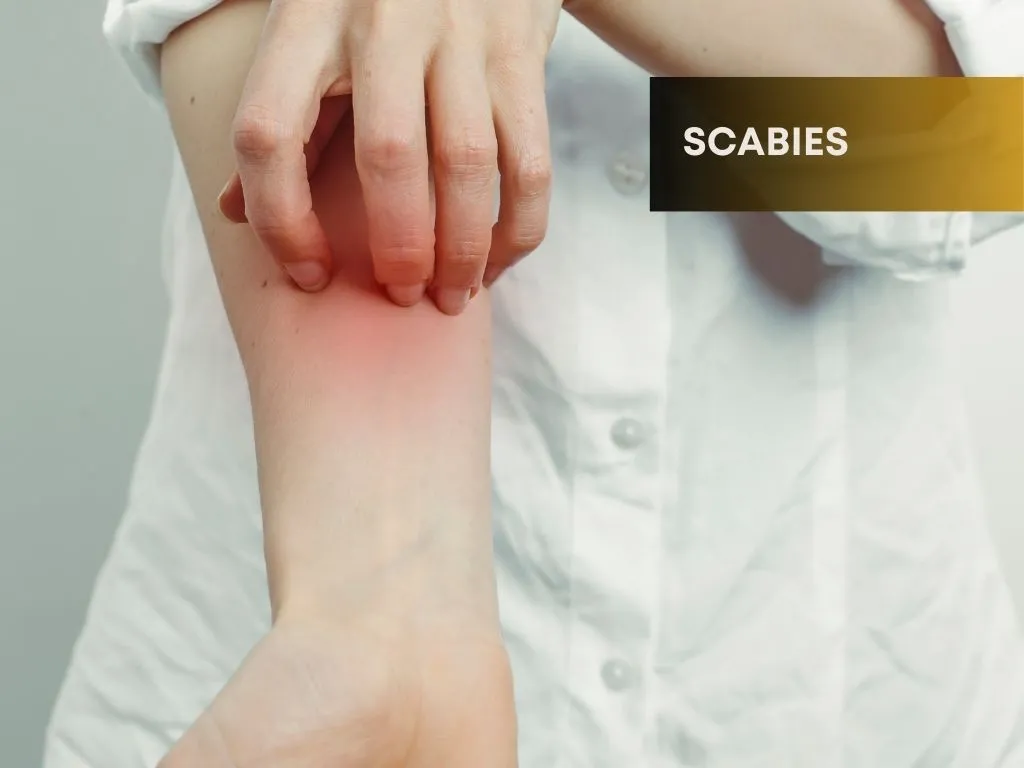
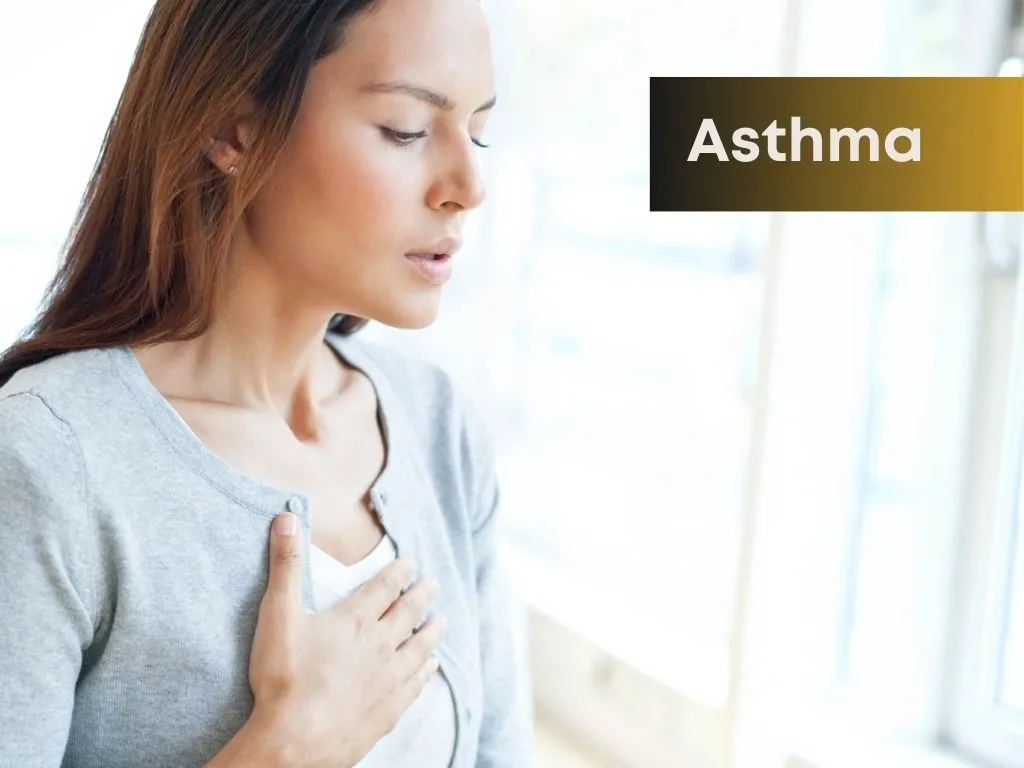
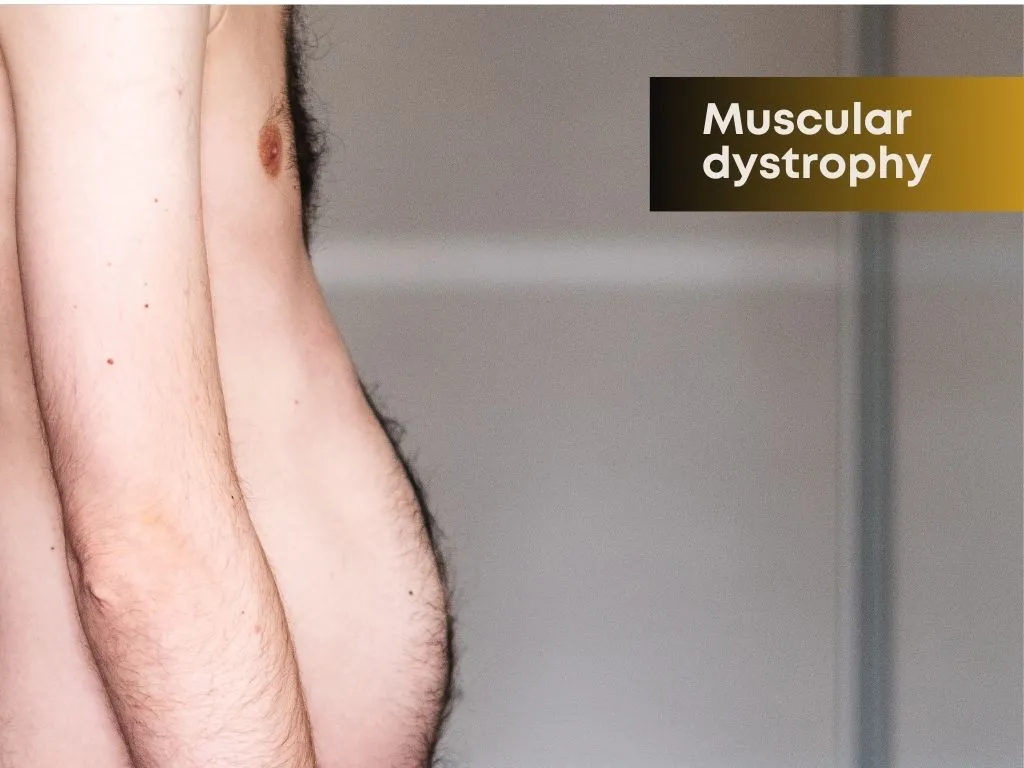

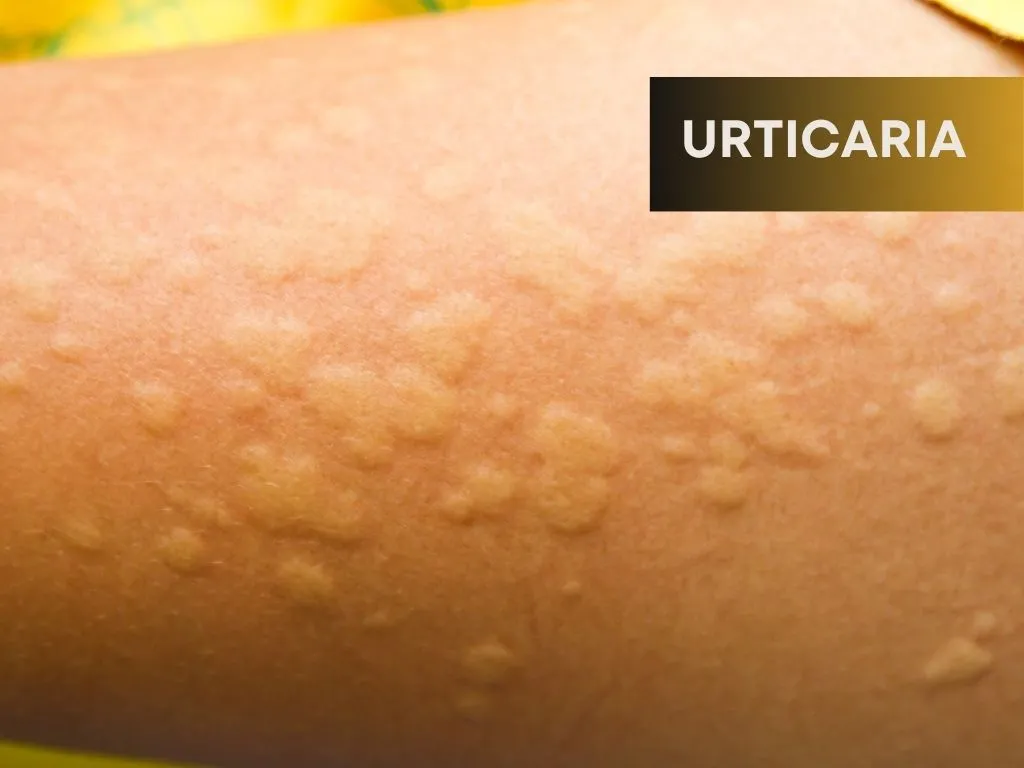




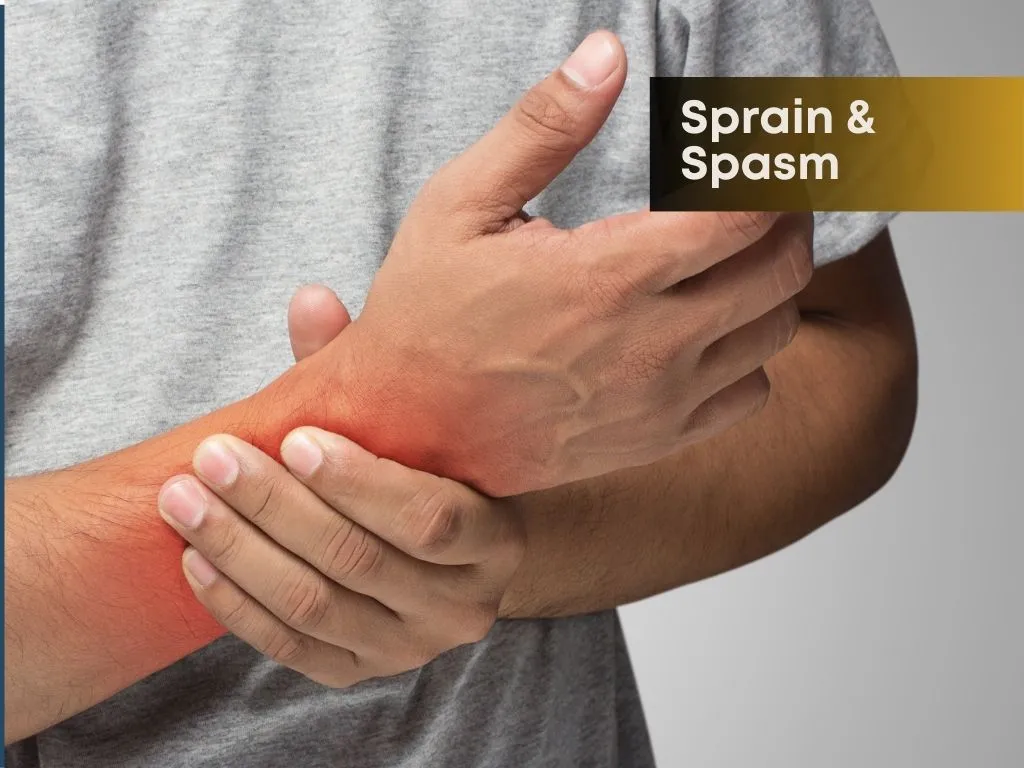
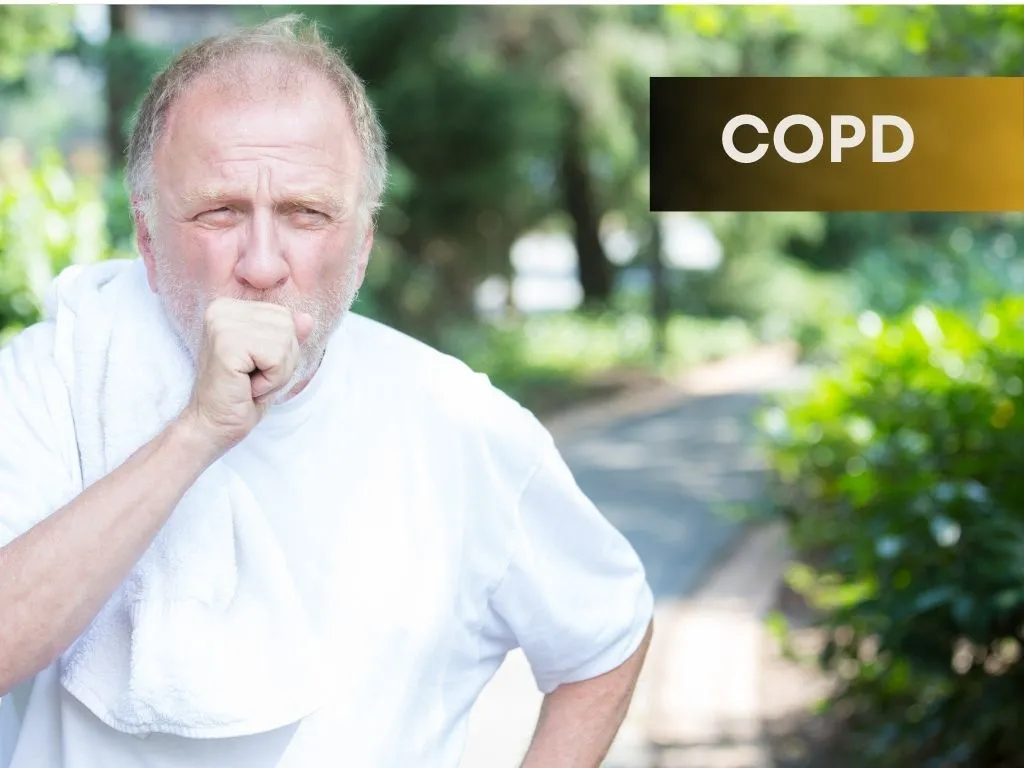
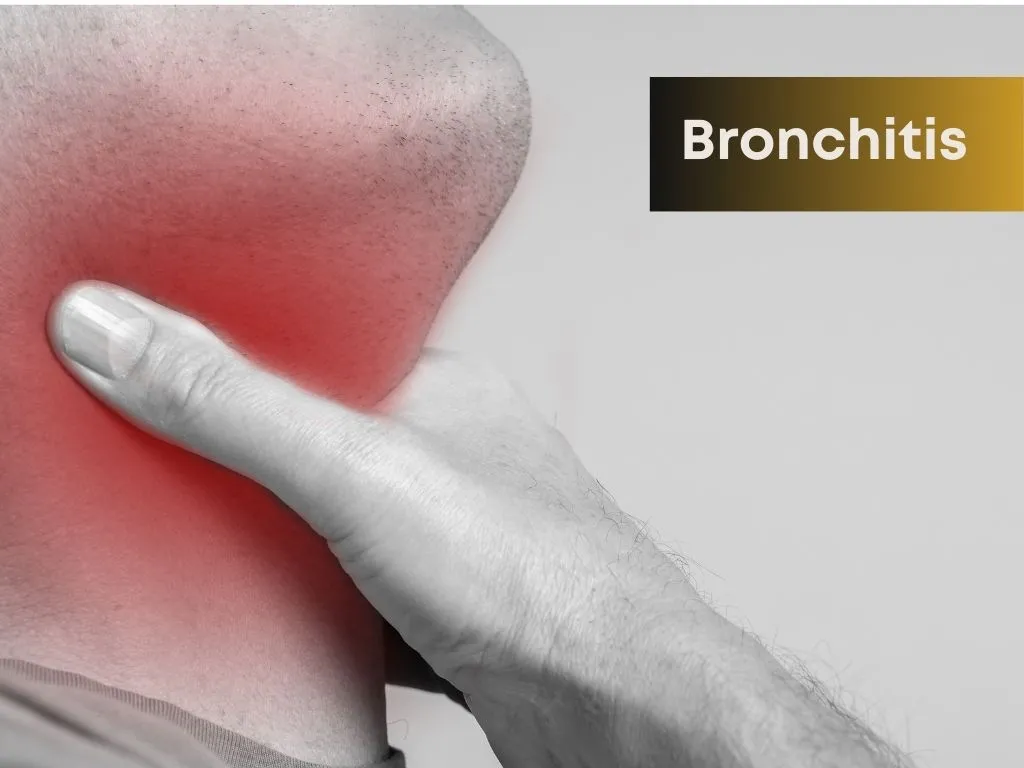
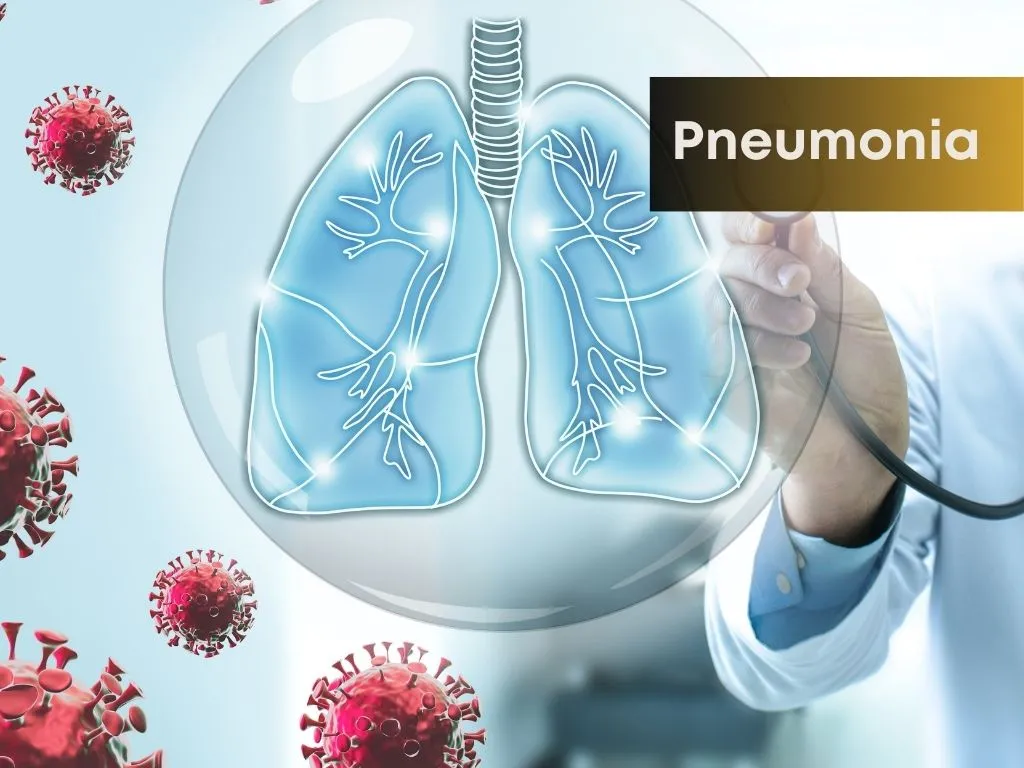
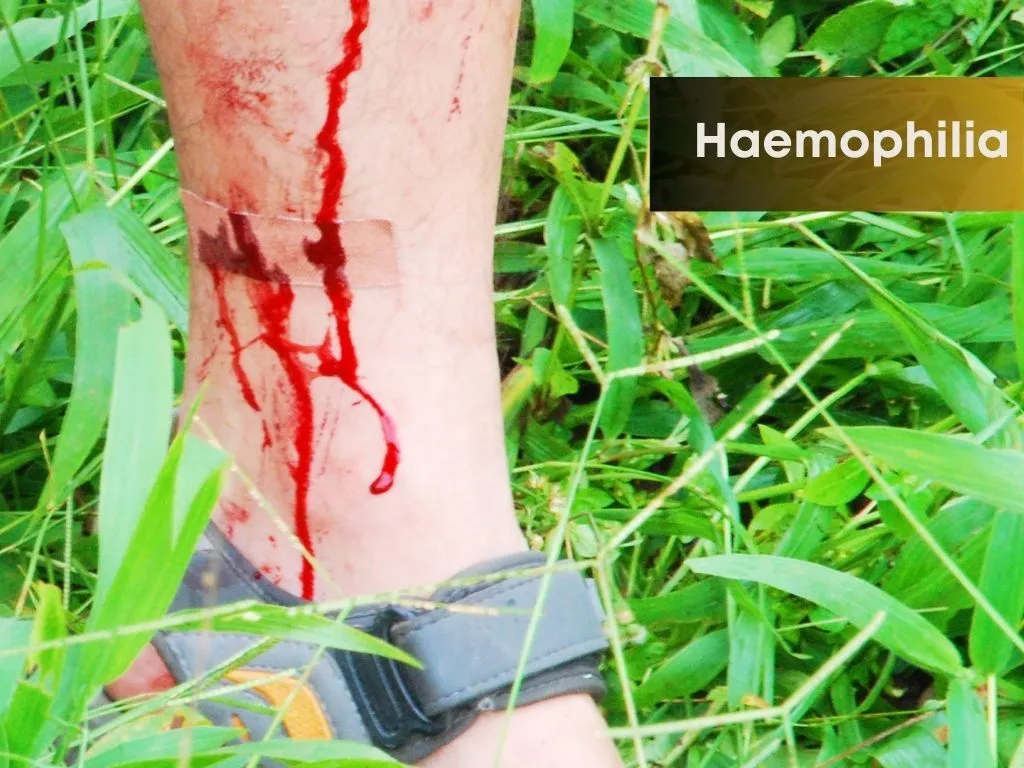
.jpg.webp)
